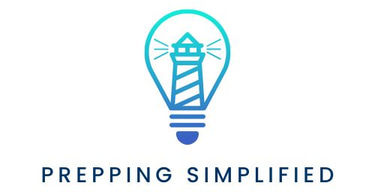NUCLEAR THREAT
How to Protect Yourself and Your Family Before, During, and After a Nuclear Emergency
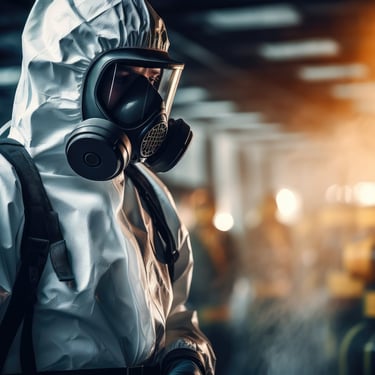
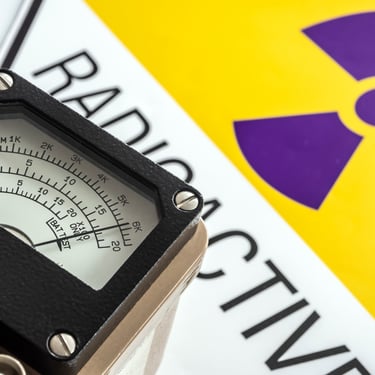


Nuclear emergencies are rare—but if one ever happens, there’s little time to react. Whether it’s a nuclear explosion, a dirty bomb (radiological dispersal device), or a nuclear power plant accident, preparation is the key to survival.
This guide explains everything you need to know in plain language, with simple steps you can follow to increase your chances of staying safe.
What Is a Nuclear Threat?
A nuclear threat could involve:
Nuclear Explosion – A powerful blast that causes instant destruction, extreme heat, and deadly radiation.
Dirty Bomb – A regular bomb mixed with radioactive materials, designed to spread radiation, not cause a huge explosion.
Nuclear Power Accident – A leak or meltdown at a power plant (like Chernobyl or Fukushima).
Electromagnetic Pulse (EMP) – A burst of energy from a nuclear blast that can destroy electronic devices and power grids.
Each type is different—but all can be deadly without the right preparation.
1. Build a Complete Nuclear Emergency Kit
In a nuclear emergency, you may need to stay inside for days or even evacuate quickly. Having a well-stocked emergency kit can save your life.
What to Include:
Potassium Iodide Tablets: Helps protect your thyroid from radioactive iodine.
N95 or Better Respirator Masks: Blocks radioactive dust and particles.
Non-Perishable Food and Water: Canned food, protein bars, and 1 gallon of water per person per day.
First Aid Supplies: Bandages, antiseptics, pain relievers, and prescription meds.
Flashlight, Extra Batteries, and Power Banks: You may lose electricity.
Plastic Sheeting and Duct Tape: Helps seal windows and doors to block fallout.
Emergency Radio: Keep up with official updates even if the internet is down.
Comfort Items: Blankets, books, games, and pet supplies if needed.
Actionable Tip: Keep your kit in a waterproof plastic bin in your safest room so it’s ready to grab or use anytime.
Real-Life Scenario: After the Fukushima nuclear accident, those with potassium iodide and food supplies were better protected from radiation and panic-buying shortages.
Do: Customize your kit for your family’s needs, including infants, elderly, and pets.
Don’t: Wait for an emergency to start gathering supplies—they may sell out fast.
Top Picks
IOSAT Potassium Iodide Tablets – 130mg (14 Tablets): Trusted by emergency responders.
3M N95 Respirator Masks – 10 Pack: Reliable filtration and comfort.
Midland ER310 Emergency Crank Radio: AM/FM, NOAA alerts, flashlight, USB charger.
2. Choose and Prepare a Safe Room
Access to healthcare might be limited during a pandemic, so having a robust medical kit is essential.
What to Include:
Thermometers (digital and infrared).
Pulse oximeters for monitoring oxygen levels.
First aid essentials, including bandages and antiseptics.
Actionable Tip: Familiarize yourself with basic medical procedures like taking vital signs and administering first aid.
Real-Life Scenario: Many families managed mild COVID-19 symptoms at home with thermometers and over-the-counter medications.
Do: Keep emergency contact numbers and medical records easily accessible.
Don’t: Ignore mild symptoms that could worsen without attention.
Top Picks:
iProven Digital Thermometer – Accurate and easy-to-use thermometer.
Zacurate Pro Series Pulse Oximeter – Essential for respiratory monitoring.
Surviveware First Aid Kit – Comprehensive emergency kit.
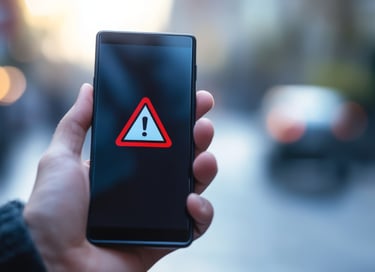

3. Stay Connected and Informed
Accurate information is vital to making informed decisions during a pandemic.
How to Stay Updated:
Follow reputable sources like the CDC and WHO.
Use emergency radios for updates in case of power or internet outages.
Keep a notebook to track family members’ symptoms if they get sick.
Actionable Tip: Set up notifications for local health updates on your phone or email.
Real-Life Scenario: Misinformation spread quickly during the COVID-19 pandemic, emphasizing the importance of verifying facts from trusted health organizations.
Do: Share accurate information with your community.
Don’t: Spread unverified news or panic-inducing rumors.
Top Picks:
Midland NOAA Emergency Weather Radio – Stay informed during emergencies.
Moleskine Classic Notebook – Perfect for symptom tracking and planning.
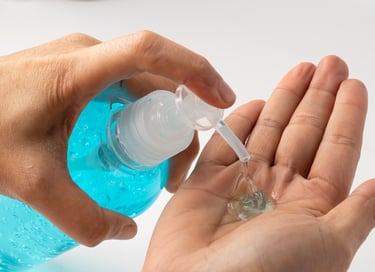

4. Practice Personal Hygiene and Cleanliness
Stopping the spread of germs is critical during a pandemic.
Best Practices:
Wash hands frequently with soap for at least 20 seconds.
Disinfect high-touch surfaces like doorknobs and phones.
Wear masks in crowded or high-risk areas.
Actionable Tip: Create a “clean zone” at your home entrance where family members can remove shoes and sanitize hands.
Real-Life Scenario: Regular handwashing and mask-wearing significantly reduced the spread of COVID-19 and other respiratory illnesses.
Do: Teach children proper handwashing techniques.
Don’t: Reuse disposable masks without proper cleaning or replacement.
Top Picks:
KN95 Face Masks (50 Pack) – High-quality masks for protection.
Mrs. Meyer’s Multi-Surface Cleaner – Effective and eco-friendly.


5. Develop a Contingency Plan
Pandemics can disrupt work, school, and other daily routines. A solid plan ensures continuity.
Planning Tips:
Set up remote workstations with reliable internet and necessary supplies.
Create a family schedule for schooling, work, and chores.
Establish a support network with neighbors or friends for mutual aid.
Actionable Tip: Test your work-from-home setup to resolve technical issues before they arise.
Real-Life Scenario: Families who adapted quickly to remote work and learning during the COVID-19 pandemic experienced less stress.
Do: Keep backup devices like laptops and chargers.
Don’t: Rely solely on one source of income if your job is at risk.


6. Mental Health and Community Support
The stress of a pandemic can take a toll on mental well-being.
How to Cope:
Practice mindfulness through apps or guided exercises.
Stay connected with loved ones through video calls.
Volunteer to help others in your community safely.
Actionable Tip: Set aside time for hobbies or activities that bring joy and relaxation.
Real-Life Scenario: Virtual family gatherings during the pandemic helped maintain emotional connections despite physical separation.
Do: Seek professional help if anxiety or depression becomes overwhelming.
Don’t: Neglect self-care or downplay mental health challenges.
Top Picks:
Headspace: Mindfulness & Meditation App – Excellent for managing stress.
The Anxiety and Phobia Workbook – A resource for coping strategies.
Final Thoughts
Preparing for a pandemic goes beyond stockpiling supplies. It requires mental resilience, community support, and adaptability. By following these tips and investing in reliable products, you can safeguard your family’s health and well-being during any global health crisis. Start planning today to ensure peace of mind tomorrow.
Disclaimer:
This site contains affiliate links to Amazon. As an Amazon Associate, I may earn a commission from qualifying purchases. Your support helps keep the site running, with no extra charge to you.
The information provided on this website is for general informational purposes only. While we strive to ensure accuracy and reliability, the content is not intended as professional advice. Always consult with qualified professionals for specific needs or situations.
